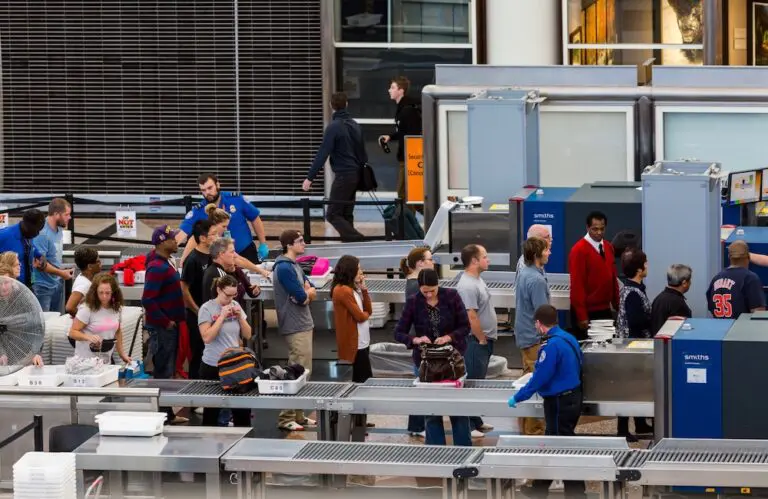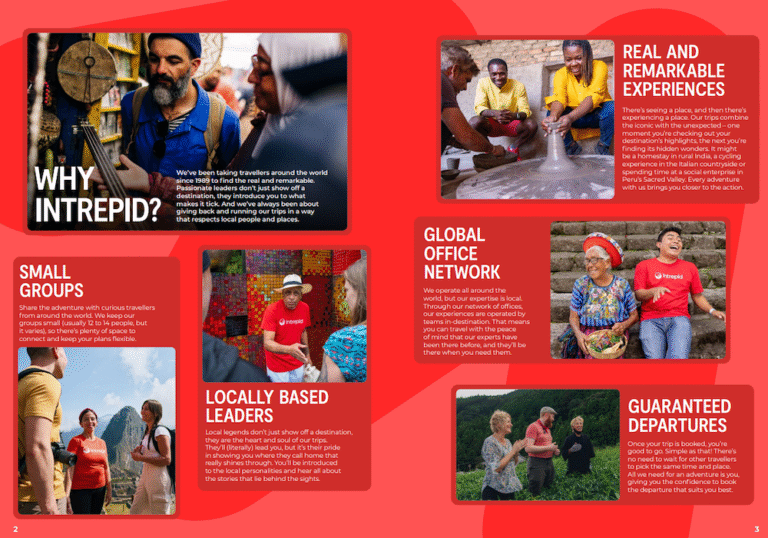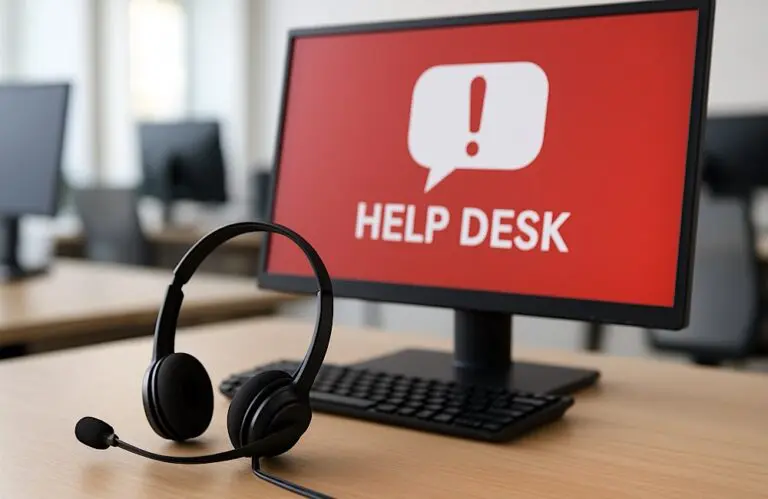At a historic National Cabinet meeting yesterday, Prime Minister Scott Morrison and his New Zealand counterpart Jacinda Ardern agreed in principle to the idea of a trans-Tasman bubble. So what now? How will it work? And could the South Pacific be included?
Any news that talks to tourism getting back on its feet and moving again was always going to sound like a sweet symphony – especially to the travel industry.
So when the great Trans-Tasman minds historically came together (thanks to Zoom anyway), for the first time since World War II and made the subsequent announcement that a safe travel zone between the countries had been discussed and agreed upon, most people had a smile on their faces.
PM Morrison said the trans-Tasman flight path is the first step towards further international flights being restored. But it’s also excellent news for Tourism Australia, Tourism New Zealand and for people’s mental wellbeing in general.
Because… At last, some hope.
It’s what we’ve all needed to hear in these ongoing uncertain and sad times. Any shred of certainty is gobbled up because many of us simply can’t wait to get out there, connect and be together again.
Australian domestic tourism had already taken a massive hit with the devastating bushfires raging since the end of 2019 through so much of our summer, decimating communities and environments and previously buoyant tourism destinations for local and international travellers alike.

And then COVID-19 sneaked upon us all to kick the boot in again and stamp all over any green shoots and recovery programs in place for Australian tourism.
Inbound travel was switched off, firstly to Australia’s biggest visitors in February – China, of whom 1.44 million arrived in 2019 and spent a whopping $12.4 billion.
Borders were then closed to all in March including our second biggest visitors and Anzac allies New Zealand, of whom 1.43 million arrived in 2019 spending $2.6 billion.
While New Zealand didn’t suffer anywhere near the same fate in terms of bushfire severity, they did have other extreme weather events and tourism challenges to deal with including severe flooding in the South Island before COVID-19 dealt them the same knockout blow.
More than 1.5 million Australians visited New Zealand in 2019, making us the number one international visitor and adding $2.5 billion into its economy in the process.
So here we now find ourselves in May. Two months into what has been a challenging time for all, yet highly acclaimed lockdowns all things considered versus the rest of the world for both countries, with the COVID-19 curve flattened and with friends and family of both Australians and Kiwi’s longing to hug and be with their extended families again.
As for the rest of us, we’re just itching to get out and about and go somewhere again. Well I know I am anyway. Queenstown for the end of the ski season anyone?
So when could that be?
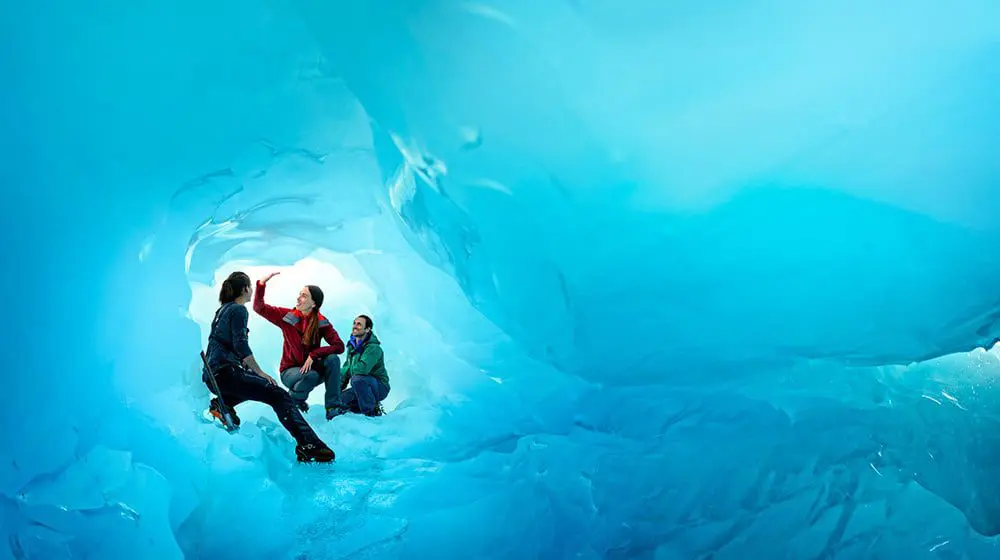
The official line was “not in the next few weeks”, but opinion suggests it could be somewhere around late August or September – assuming we don’t see a spike in virus cases naturally.
If intra-state travel gets moving again in May/June with inter-state to follow in July, it seems probable that we could see the first trans-Tasman routes taking off, albeit gradually from some states around Spring as a test.
“Once Australians are able to travel from Melbourne to Cairns, it will be possible to consider them travelling to Auckland or Christchurch,” said PM Morrison.
The logistics, of course, need to be worked through very carefully in terms of bio-screening, in-flight experience and the current issue of the 14-day quarantine measures which will cancel the idea altogether if they can’t be resolved. But that’s unlikely.
Qantas announced yesterday that they would not be operating a regular schedule again until July, however, did note that some capacity “can be added back in if domestic and trans-Tasman restrictions ease in coming weeks.”
There’s also been talk of making the COVIDSafe app mandatory to download to be able to travel. New Zealand is reportedly days away from launching its own app, which could aid the health and safety of movement in either direction.
What about the South Pacific?
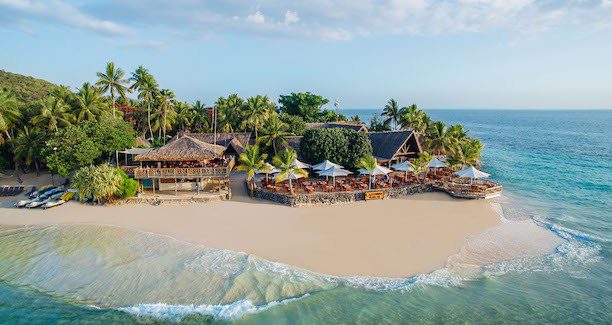
Healthwise, the Pacific island nations have generally faired well through COVID-19 and are either virus-free or close to it.
But it’s no secret that their economies rely heavily on both Australian and Kiwi tourists. Thousands of jobs in countries like Fiji, Samoa and Tonga are dependent on visitor numbers, which have since fallen to zero due to the pandemic.
Thousands of jobs have already been lost, with resorts and hotels closing in Fiji, the Cook Islands and Samoa, countries where tourism makes up more than half the economy.
The biggest challenge to including the smaller Pacific nations in the bubble (or bubbles) will be ensuring that they have the required level of operations and processes in place to monitor travellers or to respond to an outbreak of COVID-19 as a worst-case scenario.
Ms Ardern referenced this point yesterday, saying “we will work with interested Pacific countries on parameters and arrangements to manage the risks.”
Much like Australia and New Zealand, there are so many friends and family dispersed among the Pacific nations who are desperate to see each other in person again.
And that’s before the rest of us start dreaming about cocktails and sunsets in paradise.

Already, the bubble is forming from being a small pocket of air to something much bigger that could benefit ours and our neighbourly nations – and crucially, be the saviour for tourism and the economies it supports.
“We are working cooperatively together, New Zealand has stronger bio-security arrangements as do we so it is the obvious place to start.” PM Morrison.
Here’s hoping it’ll keep inflating to the point of take-off in the very near future.



